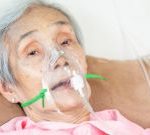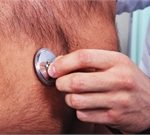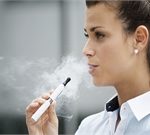
In a sign that suggests America’s obesity epidemic is far from under control, a new government report shows that more than 40% of people in the United States are obese. And almost 1 in 10 is severely obese, the researchers added. “Over the time period from 1999 to 2018, the obesity prevalence increased about 12% — from 30.5% of Americans to 42.4% of Americans. Severe obesity almost doubled,” said study author Dr. Craig Hales. He’s a medical epidemiologist with the National Center for Health Statistics (NCHS) at the U.S. Centers for Disease Control and Prevention. Much more than just a cosmetic issue, obesity is associated with type 2 diabetes, heart disease, high blood pressure, stroke, fatty liver disease, sleep apnea, arthritis, gallbladder disease and more, according to the U.S. National Institute for Diabetes and Digestive and Kidney Diseases. Obesity is defined as a body mass index (BMI) of 30 or higher. Severe obesity means a BMI of 40 or above. BMI is a rough estimate of a person’s body fat based on their height and weight. Someone who is 5-foot-10 is obese when they reach 210 pounds. That same person would be considered severely obese at 280 pounds, according to CDC estimates. Hales said there’s no easy answer to this growing public health threat. “Obesity is a very complex health issue associated with many different… read on >


















